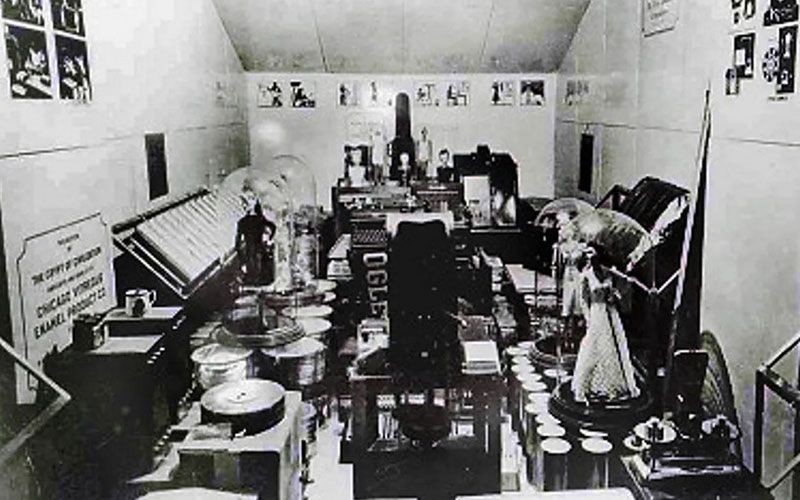The time capsule that won't be opened for another 6,000 years
Drawing inspiration from ancient Egyptians, it will offer future civilizations a glimpse into life on Earth during the 1930s.

Photo = Allbreaknes.com
Over 80 years ago, the largest time capsule was sealed, destined to remain closed for over 6,000 years.
The concept originated with historian Thornwell Jacobs in 1936 as he delved into the study of Ancient Egypt. He recognized how little was known about this ancient civilization, with our knowledge primarily derived from the tombs of pharaohs, pyramids, and a few Sumerian tablets with inscriptions.
Thus, the idea emerged to immortalize his own era as an archaeological duty for posterity to study. This marked the inception of the first modern time capsule.
Contents of the time capsule

Photo = Time capsule that won't be opened for another 6,000 years (Credit: Fair Use via Wikimedia Commons)
- Recordings of clarinetist Artie Shaw
- Films capturing events photographed from 1898 onward
- 100 books on microfilm
- A record book detailing each item and its usage.
In an effort to bridge the communication gap between us and future civilizations, a language integrator was also placed in the room. This hand-cranked device simultaneously combines an image, the English name, and the pronunciation of specific objects.
The time capsule can only be opened in 8113 AD, as it was created 6,177 years after the establishment of the Egyptian calendar. Thus, the room symbolizes the midpoint between Ancient Egypt and the eventual unveiling of the vault filled with artifacts.
The capsule was sealed four years after its conception, in 1940, during the throes of World War II. A message was inscribed on its door: “The world is engaged in burying our civilization forever, and here in this crypt, we leave this for you.”




